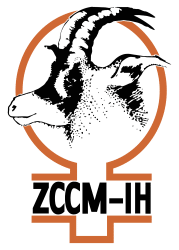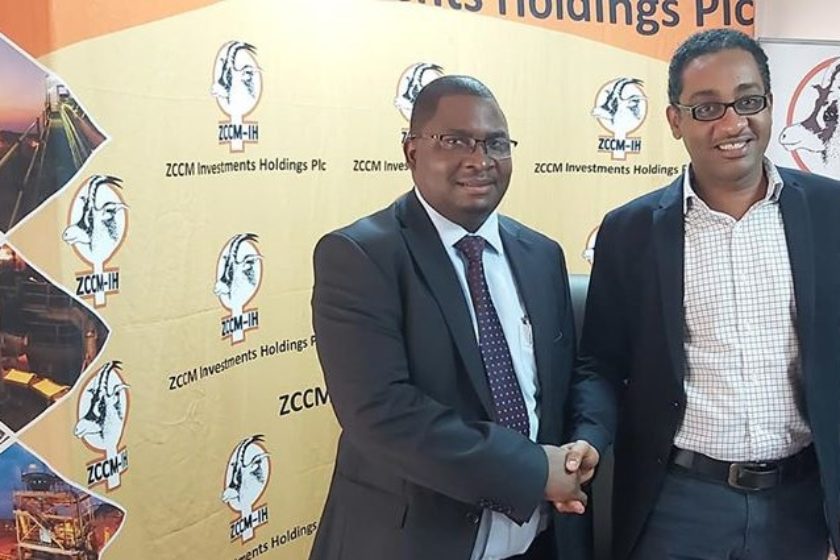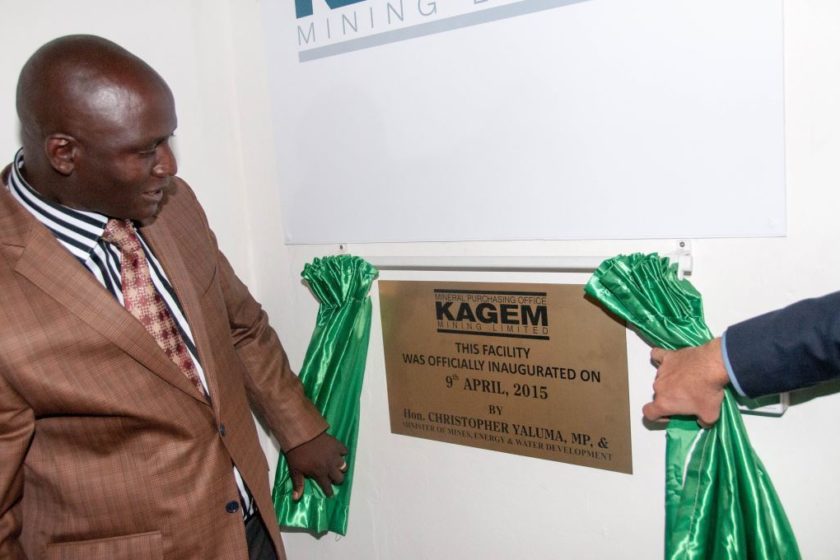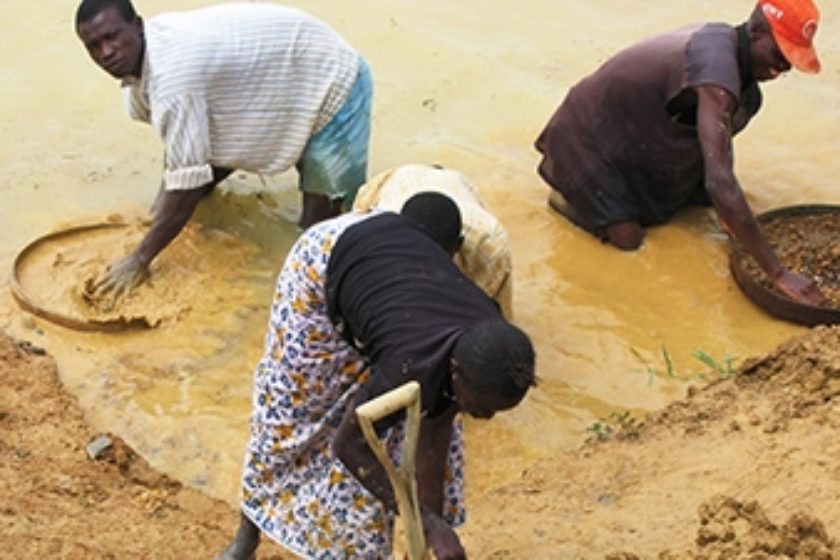Industrial Development Corportation (IDC) Group CEO Mr Mateyo Kaluba has said ZCCM-IH will take up a more active role as an investor in the mining sector rather than being a holding company for the Government’s minority shares.
Mr Kaluba said ZCCM-IH should meet the aspirations of the Zambian people as far as ownership of mineral resources is concerned.
“What we have asked ZCCM-IH to do is too seek its own mines, do explorations and develop mining operations. We are not averse to them getting into partnerships but those partnership must be balanced. Most of the partnerships that ZCCM-IH has right now are not balanced because the stakes are very small minorities. But we are increasingly seeing ZCCM-IH taking a more assertive approach, doing more explorations and opening up new mines,” he said during the tour of Kabundi Resources Limited mine, ZCCM-IH’s manganese mining operation in Serenje district
“With ZCCM-IH taking important roles in the gold mining sector and in manganese mining, we are confident that we’ll see it taking stronger positions in copper mining and many other minerals in the country. What you will see is ZCCM taking an active role as an investor rather than a holding company for shares.”
Kabundi Resources has commenced phase one mining at the project whose targeted production is expected to reach 240,000 tonnes of manganese ore annually once commercial production is achieved.
Mr Kaluba also toured the Kampumbu Resettlement where families relocated from the Kabundi mining site are having their new houses constructed. The mine is also constructing a one-by-two classroom school block, a health center and houses for a teacher and medical staff.
Source: https://zambiareports.com/2020/07/19/zccm-ih-increase-stake-mines-reveals-idc/






